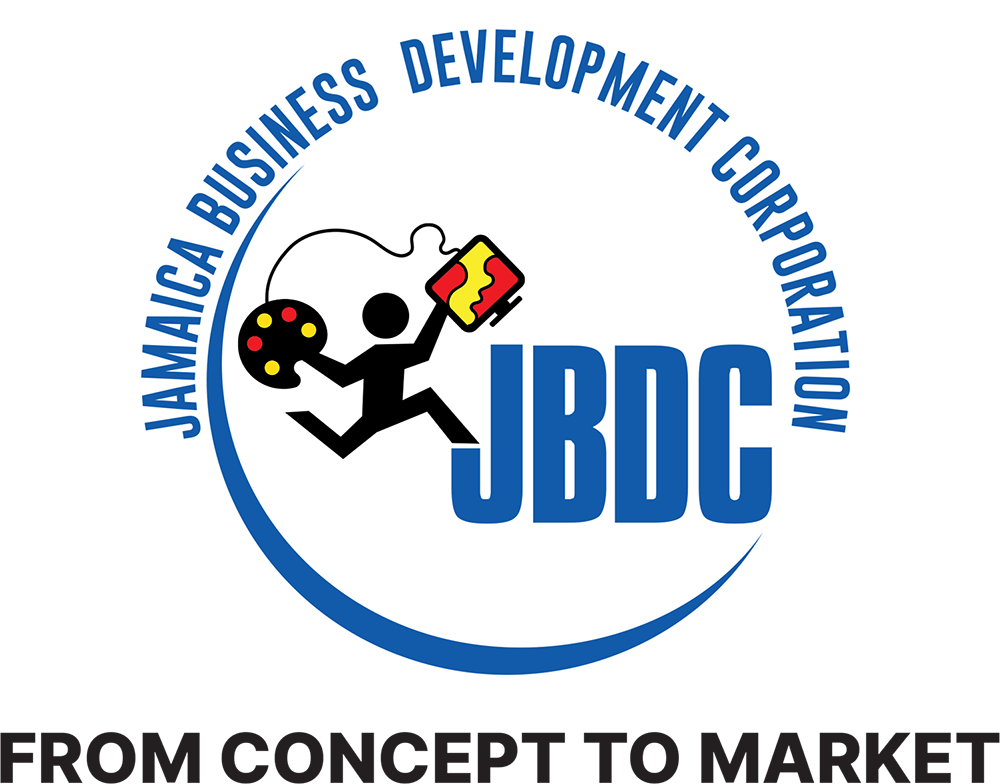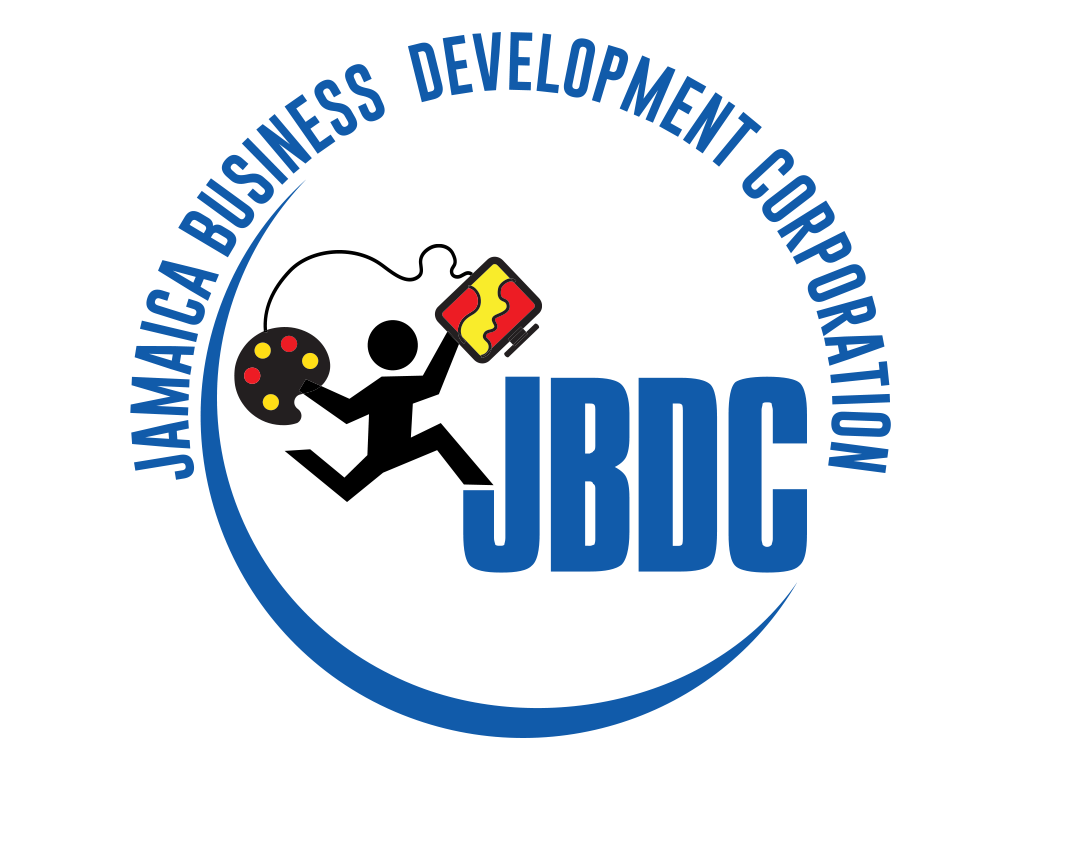From a local standpoint, the power of Jamaica’s creative and cultural industries is inarguable, but it is not measured. Framework to determine such values, such as the overall monetary measurement of the local music industry, or profits and losses made in the film industry, does not exist.
In response, the Jamaica Business Development Corporation (JBDC), with support from the British Council, is planning to map Jamaica’s creative economy, or the orange economy, as it is called.
“For the longest time, we have been basing decisions on sentiment, anecdotal references, or even on passion – but not based on empirical data.
The mapping of the creative economy is there to do that. After the study is complete, the next critical thing is to mine the data continuously over time,” deputy CEO of the JBDC Harold Davis told The Gleaner. The orange economy includes, but is not limited to, architecture and design, arts and crafts, antiques, film, animation, fashion, broadcasting, culinary arts, performance and theatre arts.
The UK mapped their creative industries in two years, Mexico did it in three, and Davis projects that Jamaica’s timeline will be within the same bracket. To get there, the JBDC means to collect and collate as much empirical data as possible.
“The first phase, is to gather the information and determine what are the low-hanging fruits. The tender is out to find contractors, both from the UK and locally. That should end by November,” Davis said.
The official signing of the Operation Alliance Agreement between JBDC and the British Council to begin the mapping project began last week.
“We need to get to a point where we can at least understand the value of the industries, so we can use that to leverage investment from the private sector. The UK can tell you the value of their creative economy in pounds – and they can calculate fluctuations in those measurements on a daily basis,” Davis said.
NO INFORMATION
“If you talk to anybody in the music industry, they don’t have no empirical data. The artistes themselves perhaps don’t want to provide particular information. There is no information on the real industries value – where the gaps are and where are the potential risks. When they say government doesn’t have a policy for the music industry, and I hear musicians say that all the time – the truth is that there is no information for them to base the policy decisions on,” Davis said.
Floyd Green, minister of state in the Ministry of Industry, Commerce, Agriculture and Fisheries, said the mapping of cultural and creative industries is long overdue.
“The cultural and creative industries are among the most rapidly growing sectors around the world, and Jamaica is unique and fully respected in the global cultural and creative spaces. This influences our income generation, job creation and export earnings. But, the industries have the potential to generate wealth beyond borders; wealth that does not only mean economic benefits, but wealth in inclusiveness and camaraderie of our people as well,” he said.
This mapping will, among other things, provide a guide for the needs of players within the industries, available investment opportunities, as well as the main challenges and opportunities for businesses in the orange economy.








